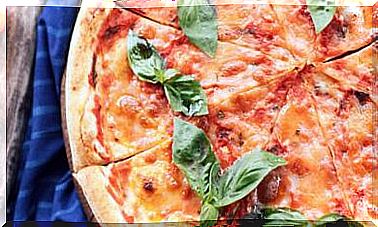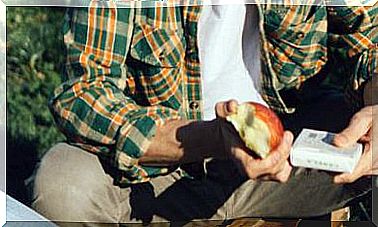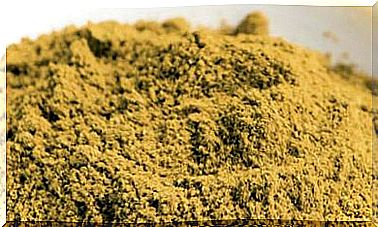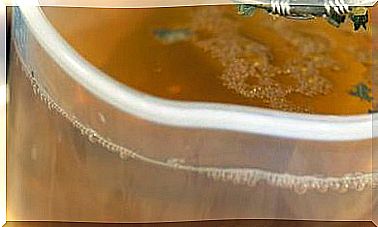How To Cook Basmati Rice And What Recipes To Prepare With It
Basmati rice is aromatic and, if we cook it well, it tends to be loose and fluffy. Discover how to take advantage of it in the kitchen and learn to prepare delicious recipes with it.
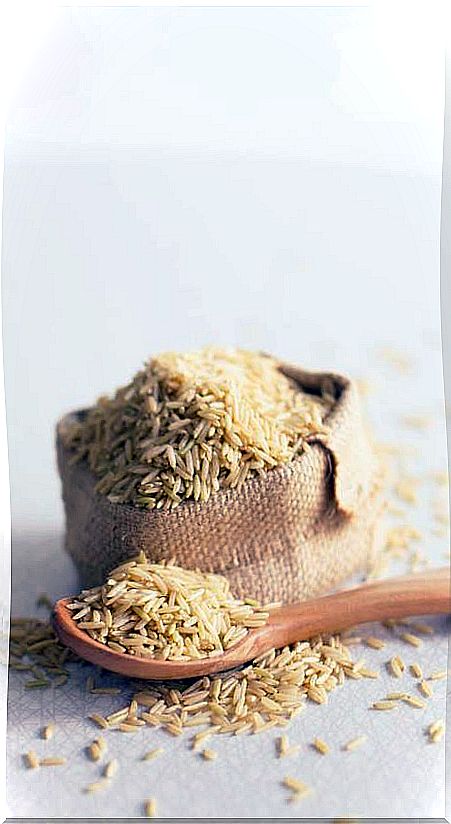
- Why is basmati rice loose?
- How to cook basmati correctly?
- How to prepare dishes with basmati rice
- Basmati rice with chickpeas recipe
For many people around the world, rice is the mainstay of their diet. From Japan to Senegal, varieties of this cereal have been the staple food of hundreds of regions for centuries.
Most of the rice is produced in Asia, although, for example, in the Mediterranean we also grow some local varieties. Most of the rice we eat today comes from Oryza sativa, a subspecies that was domesticated in China thousands of years ago. African rice (Oryza glaberrima) is still grown, but we will not find it in supermarkets.
Once rice was domesticated, it spread throughout Asia (and the rest of the world) and two large subspecies emerged : Japonica (like sushi rice, but also like Italian carnaroli) and Indica, made from drier grains. The Basmati rice is the best known example of this subspecies.
Why is basmati rice loose?
Different types of rice differ from each other in sizes, colors, and flavors. However, what differentiates the most from each other is the amount of amylose and amylopectin they contain, which are the molecules that make up starches.
You see, rices are almost all carbohydrates and what happens when you cook them is that the starches gelatinize, absorbing a lot of water. Hence, the rice grows and is soft, but if we go over it we get pasty because the starch granules that had absorbed water end up breaking and coming out in the middle.
This is important to know because it helps us understand what rice dishes are like and know how to cook them perfectly:
- The japonica varieties such as rice for sushi, mochi rice or rice glutinoso- contain much more amylose amylopectin, that makes it more tender cooked rice and sticky.
- The basmati rice is the opposite: contains much more amylose than amylopectin, which makes the grain is much harder and dry. This makes the rice grain fluffy and loose. Although if we overdo the cooking it may be too white, it has less tendency to stick once it has been cooked.
Other rice dishes, such as the round one that we use for paella, have a different balance of these starches (more amylopectin), so they have a different texture. The round rices that we have around the Mediterranean (including rices for risotto) tend to be less dry, creamier, but it is also easier to get over it. That is why different cooking methods are usually used depending on the type of rice.
How to cook basmati correctly?
Basmati rice is aromatic because it contains many different aromatic molecules, not that they have added anything to it. It’s that fragrant all by itself.
Surely you know dishes like biryanis: the rice of choice is basmati, and it is loose and elastic. To make it look this good, we can cook it in several ways. Today I’m going to show you how they usually cook it in India:
- First wash the rice: put it in a saucepan, add water, stir it with your hand and throw away the water, which will have been filled with starches and will be whitish in color. Wash it two or three times nothing more. In this way we remove a little of the starch that it has on the surface and that later makes it pasty (it mixes with the cooking water, it gelatinizes, it remains soft).
- Now put plenty of water and let it soak for half an hour. Its texture improves a lot by doing this.
- To cook it, drain it, put it in the saucepan and add 1.5 times more water than rice. For example, if you add 1 glass of rice, then 1 and a half glasses of water. Put it over high heat and when it starts to boil cover it and put it on a low heat.
- When there is no water left, turn off the heat and let it rest for 5-10 minutes.
- Sponge the grains with a fork (with the tines, as if you were drawing lines), so the rice grains separate and remain whole and loose.
- With this we would already have our freshly made rice to eat at the moment or to store. We can put it in tightly closed containers in the fridge, or in the freezer, which will last us a long time.
How to prepare dishes with basmati rice
If we want to make quick dishes with basmati rice, we can do it all in the same saucepan or mix the rice that we already have made with other ingredients: a vegetable sauté, a vegetable stew, etc. If you have it already prepared and in the fridge, then much better.
For example, we can prepare a rice with legumes and vegetables quickly if we have some things already prepared or we use legumes that are made quickly, such as red lentils, chickpeas, beans or lentils cooked from a pot, homemade sauces, vegetables that require little cooking time. (bimi, broccoli, spinach, chard, zucchini, peppers, mushrooms, mushrooms …).
Basmati rice with chickpeas recipe
This basmati rice recipe is simple, quick, and delicious.
Ingredients:
- 3 tablespoons olive oil
- ¼ teaspoon cumin (whole seed)
- 1 bay leaf
- 1 cup of chickpeas, cooked and drained
- ½ zucchini
- ¼ teaspoon salt
- ¼ teaspoon turmeric
- 1 cup basmati rice
- 1.5 cups water or homemade vegetable broth
preparation:
- Wash the rice and let it soak for half an hour.
- Cut the zucchini into small cubes.
- Heat the olive oil in a nonstick saucepan over medium heat. Add the cumin and bay leaf and let it toast for 1 minute. Then add the zucchini and stir well.
- When it begins to take on a little color add the chickpeas and mix it. Add the salt, turmeric, and rice (drain first) and stir to combine.
- Add the water and put it over high heat. When it comes to a boil, cover it and put it over low heat until it runs out of water (it will take less than 10 minutes). Turn off the heat and let it rest for 5 minutes.
- Stir the rice with a shovel or fork and serve.
